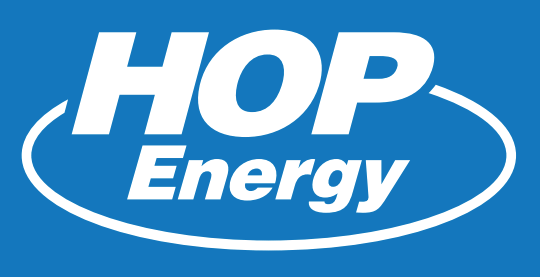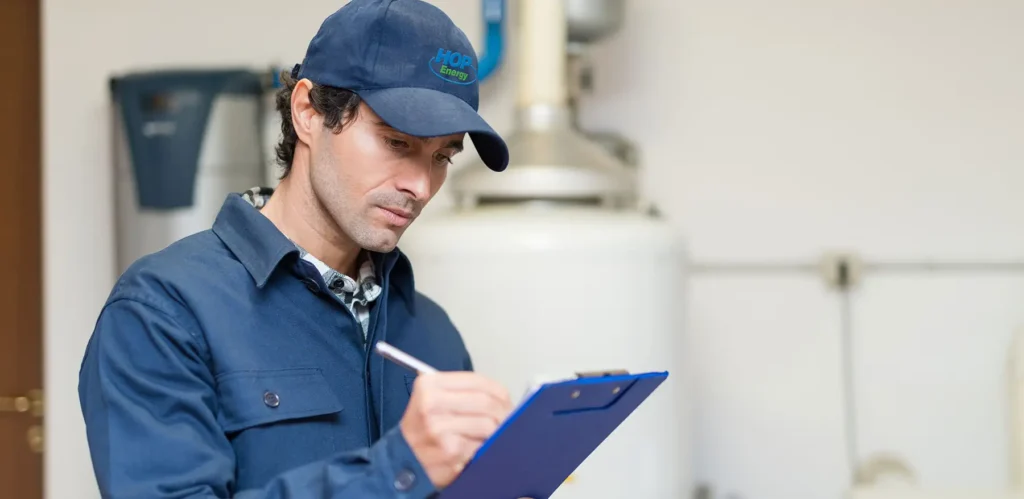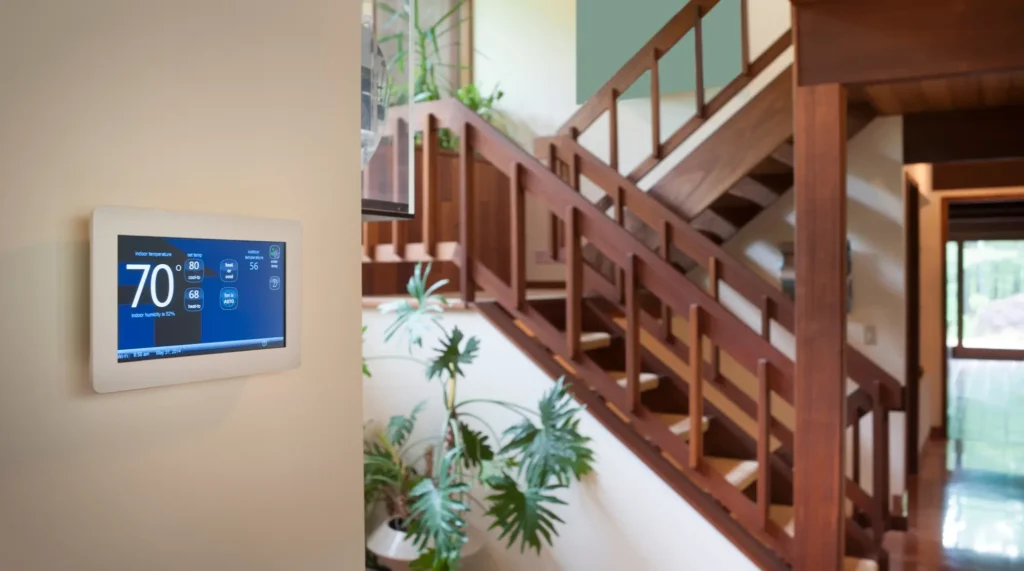Understanding the functionality of your HVAC system is essential for troubleshooting and maintaining optimal performance. We often take for granted the comfort provided by our heating and air conditioning systems, but let’s delve into the fundamentals of how they work.
Anatomy of an HVAC System
Heating, ventilation, and air conditioning (HVAC) systems are designed to regulate indoor temperature, humidity, and air quality. These systems operate based on principles of heat transfer, thermodynamics, and fluid mechanics. The components of an HVAC system can vary depending on whether you have an air conditioner with a furnace or a heat pump. Let’s break down the key elements.
Thermostat
The thermostat is the part of the system you interact with the most. You can manually set it to maintain your preferred temperature or opt for a programmable thermostat that adjusts the temperature even when you’re away, saving energy and reducing costs.
Burner
The burner component ignites the HVAC system when the thermostat detects a temperature drop, signaling it to start.
Furnace
The furnace, located inside your house (commonly in a utility closet or basement), serves as the central hub of your HVAC system. It heats the air, which is then distributed to different areas of your home through ductwork or piping. Hybrid heating systems combine the efficiency of heat pumps with the powerful heating capability of a furnace for optimal performance in various weather conditions.
Boiler
Boilers are heating systems that utilize oil to heat water, which turns into steam and travels to radiators. They are commonly found in multi-residence settings, such as apartment buildings, multi-family dwellings, and older homes.
Heat Exchanger
Situated within the furnace, the heat exchanger adds heat to the incoming air from the combustion chamber.
Air Conditioner
In central heating and cooling systems, air conditioning plays a vital role. Air conditioners draw warm air from the outside, remove its heat, and provide cool air through ductwork inside your home.
Condensing Unit
This unit, located outside your home, exchanges heat with the surrounding air. Depending on the season, it either releases or collects heat.
Evaporator Coil
The evaporator coil, housed within the furnace, works differently from the heat exchanger. Filled with refrigerant, it absorbs heat from the passing warm air, transferring it outside. The cooled air is then blown into your home through the air ducts.
Heat Pump
While heat pumps cool your home similar to air conditioners in summer, they function differently in winter. They extract heat from the outdoor air or ground and distribute it indoors to warm your home.
Refrigerant Lines
These metal tubes connect the evaporator coil with the condensing coil, allowing refrigerant to flow between the indoor and outdoor units of your HVAC system.
Vents
Vents are outlets that distribute heated or cooled air from the duct system into various rooms of your home. It’s crucial to keep these vents unobstructed for proper airflow.
How Do These HVAC Components Work Together?
Air Conditioner
When the temperature rises in your home, the thermostat activates the air conditioning system. Warm air is drawn through the air return vents into the furnace, where it passes over the evaporator coil. The cold refrigerant in the coil absorbs heat from the air, transforming into vapor. This cools the air, which is then pushed through the ducts back into your living areas.
Simultaneously, the refrigerant is pumped to the outdoor unit, where the compressor pressurizes it, and it passes through the condenser coil. The heat is released outdoors with the help of a fan. Afterward, the refrigerant expands, returning to the evaporator as a cold, low-pressure liquid. This cycle continues until the desired temperature is reached, and the thermostat signals the HVAC system to turn off.
Furnace and Burner
To heat your home, the furnace heats air in one area and distributes it through a network of ducts and vents. When the thermostat triggers the furnace, the valve opens, igniting the burner component beneath the combustion chamber. The valve and thermostat work together to regulate the fuel flow. Flames from the burner heat a metal heat exchanger, circulating the heat through its tubes. A motorized fan then blows the warm air through the ductwork and out of the vents, effectively heating your home.
Boiler (Radiators)
Boilers transfer heat to water or produce steam to warm your home. When the thermostat detects a drop in temperature, the boiler turns on. Heat from the fuel source raises the water’s temperature inside the boiler. The heated water or steam travels through radiators, releasing its heat to warm the air. As the water cools or steam condenses, it returns to the boiler to be reheated and continue the heating process until the desired temperature is reached.
Heat Pump
Heat pumps can switch between air conditioning and heating modes by reversing the refrigeration cycle. This transformation switches the roles of the indoor and outdoor coils. Refrigerant flows through closed refrigeration lines, absorbing heat from the outside air at the condenser coil and releasing it indoors at the evaporator coil. A fan pulls air into the ductwork, and the refrigerant is pumped from the interior to the exterior coil, absorbing heat. The warmed air is then distributed through air vents in your home, raising the indoor temperature. This refrigeration cycle repeats until the thermostat’s desired temperature is achieved.
HOP Energy is a leading residential and commercial energy provider offering a wide range of heating and air conditioning equipment. Their team of HVAC experts can guide you in selecting the right system for your needs. With competitive pricing, 24/7 emergency service, and highly trained technicians local to your area, HOP Energy is the preferred choice for energy solutions.




